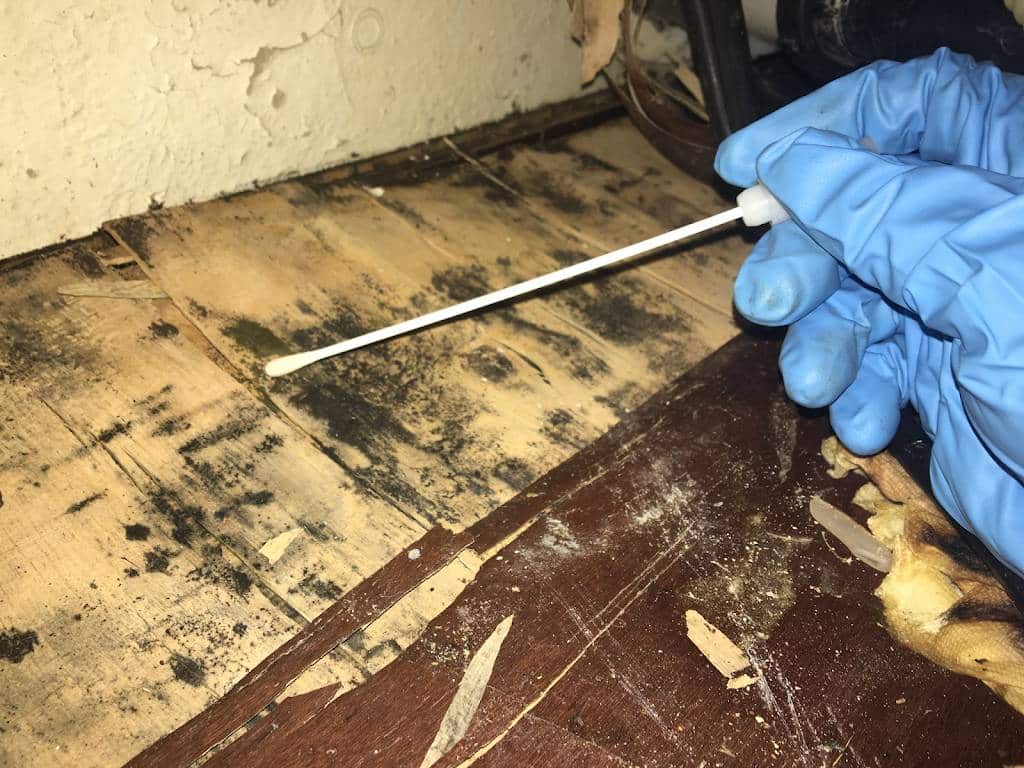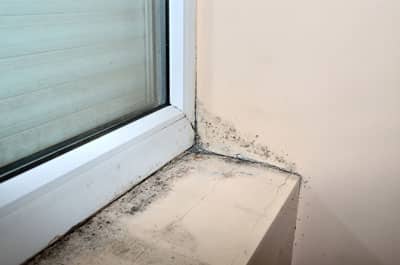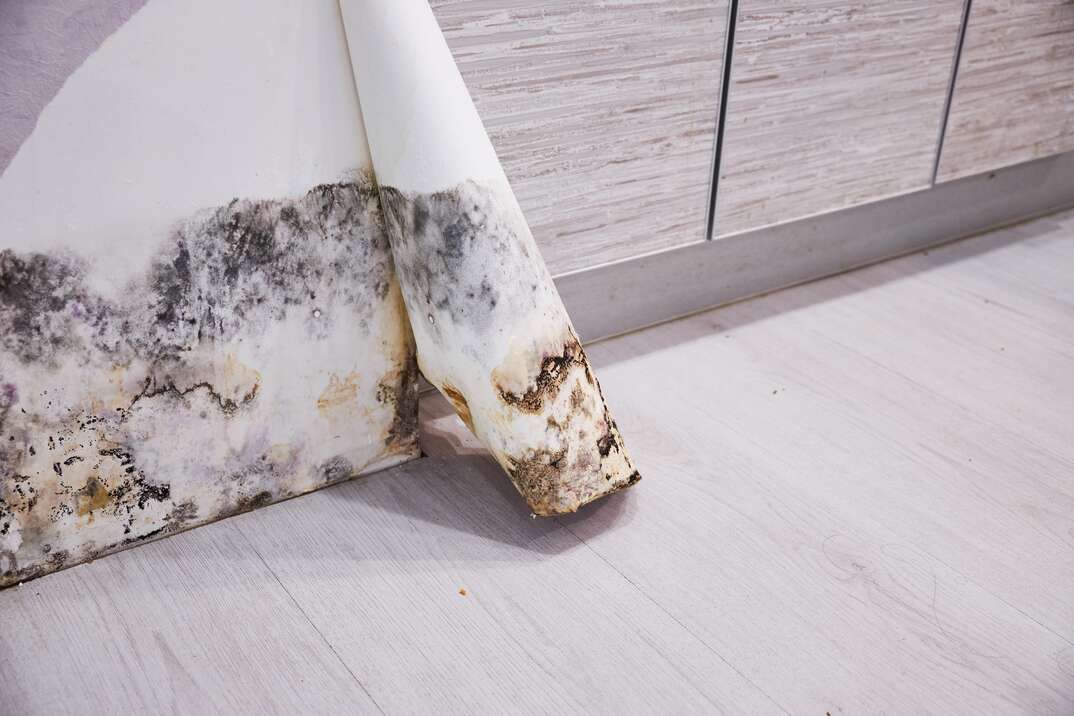Testing Air Quality After Mold Remediation
Testing Air Quality After Mold Remediation
Blog Article
Your Ultimate Guide to Post Mold Remediation Strategies
In the consequences of mold and mildew infestation, knowing exactly how to properly get rid of the mold and mildew and prevent its reoccurrence is paramount for keeping a healthy and balanced interior environment. From selecting the ideal cleansing and decontaminating methods to carrying out techniques for long-lasting mold and mildew avoidance, each step in the removal trip plays an important duty in guaranteeing a successful result.
Understanding Post-Mold Remediation Refine
After finishing the mold and mildew remediation process, it is essential to understand the post-mold remediation methods that are needed to make sure a detailed and effective cleanup. When the mold and mildew has actually been gotten rid of, the following action includes cleansing and decontaminating the impacted locations to avoid any regrowth of mold and mildew. This consists of using specialized cleaning up representatives to wipe down surface areas and kill any remaining mold and mildew spores. It is vital to dry the location entirely to discourage the growth of mold and mildew in the future (After mold remediation). Appropriate air flow and dehumidification can aid in this process.
Moreover, performing a final inspection post-remediation is vital to make certain that all mold has actually been successfully removed. This inspection needs to entail a comprehensive aesthetic check along with perhaps air sampling to verify the absence of mold and mildew spores airborne. If the assessment discloses any remaining mold, additional removal might be needed. Last but not least, informing owners on safety nets such as regulating dampness degrees and quickly resolving any water leakages can assist keep a mold-free atmosphere.
Reliable Cleansing and Sanitizing Techniques

Avoiding Future Mold And Mildew Growth

Value of Appropriate Air Flow
Correct air flow plays an essential function in preventing dampness build-up, an essential aspect in mold and mildew growth within interior settings. Reliable air flow systems help remove excess humidity from the air, minimizing the possibilities of mold and mildew spores finding the moisture they need to spread out and germinate. Without ample air flow, indoor rooms can end up being a reproduction ground for mold and mildew, resulting in potential wellness dangers and architectural damages.
By ensuring appropriate air flow, air flow systems can also assist in drying out damp locations faster after water damage or flooding occurrences, even more discouraging mold development. testing air quality after mold remediation. Precede like shower rooms, attics, kitchens, and basements where moisture levels often tend to be higher, setting up and maintaining efficient air flow systems is crucial in preventing mold problems

Surveillance and Upkeep Tips
Given the vital role that proper air flow plays in stopping mold development, it is important to develop efficient surveillance and upkeep pointers to make certain the ongoing capability of air flow systems. Normal evaluations of ventilation systems need to be conducted to look for any type of signs of blockages, leaks, or breakdowns that could hamper appropriate air Post Mold remediation cleaning flow. Tracking moisture levels within the home is additionally vital, as high moisture can add to mold and mildew development. Installing a hygrometer can help track humidity degrees and sharp house owners to any kind of spikes that might require attention. Furthermore, making sure that air filters are regularly cleaned or changed is crucial for maintaining the effectiveness of the air flow system. Applying a routine for regular upkeep jobs, such as air duct cleaning and a/c system evaluations, can help avoid problems prior to they rise. By staying alert and positive to the condition of air flow systems, homeowner can successfully reduce the danger of mold regrowth and preserve a healthy and balanced indoor environment.
Final Thought
To conclude, post-mold remediation methods are necessary for making certain a clean and risk-free environment. Comprehending the procedure, applying effective cleaning and sanitizing approaches, avoiding future mold and mildew development, maintaining correct ventilation, and regular surveillance are all crucial action in the removal procedure. By adhering to these guidelines, you can efficiently eliminate mold and mildew and prevent its return, functioning or promoting a healthy living space for all owners.
In the after-effects of mold and mildew problem, knowing exactly how to properly remove the mold and mildew and avoid its reoccurrence is critical for preserving a healthy and balanced indoor atmosphere. As soon as the mold has actually been eliminated, the following step includes cleansing and decontaminating the impacted areas to avoid any regrowth of mold - Post remediation mold testing near me. After getting rid of noticeable mold and mildew development, it is vital to clean up all surfaces in the damaged area to eliminate any type of continuing to be mold spores. To additionally enhance mold and mildew avoidance measures, it is necessary to deal with underlying problems that at first led to mold and mildew advancement.Offered the critical duty that proper ventilation plays in protecting against mold growth, it is important to develop reliable tracking and upkeep suggestions to make sure the ongoing performance of air flow systems
Report this page